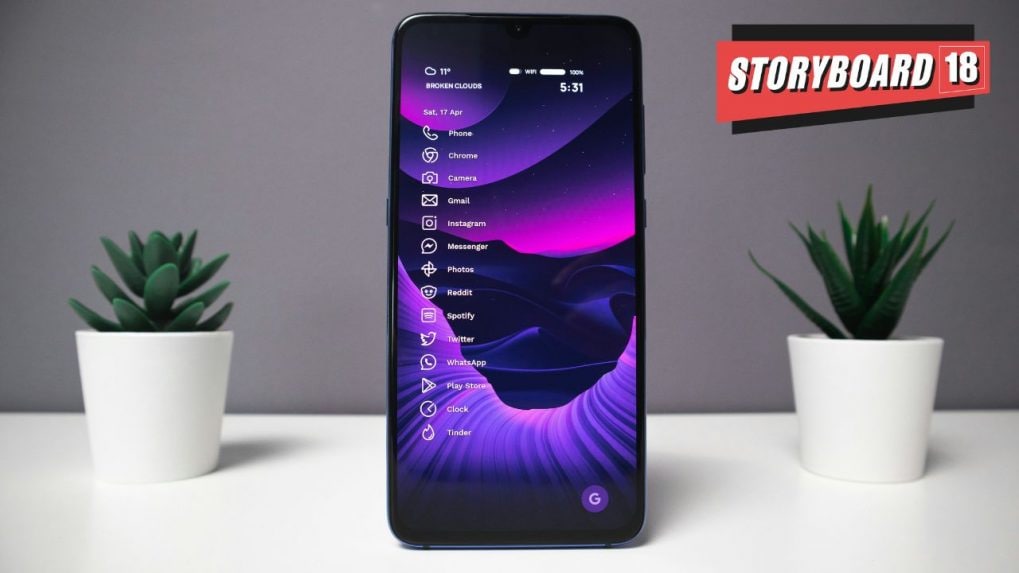Digital
Why OpenAI is hiring 100 ex-bankers: Inside the ChatGPT-maker's secret project to automate Wall Street's grunt work

Defaults on consumer durable loans, specifically those used for smartphone purchases, are surging following a directive by the Reserve Bank of India (RBI) that halted the practice of remotely blocking devices belonging to defaulting borrowers.
As per an ET report, Ananth Shroff, founder of debt collections startup DPDZero, reported that delinquencies in the smartphone financing category have seen a 20% month-on-month rise since the RBI restricted the practice late last year. The regulatory action has forced the true health of these portfolios to become more apparent, prompting some lenders with high exposure to the sector to drastically slow down lending.
The practice, which involved lenders partnering with Original Equipment Manufacturers (OEMs) to remotely disable smartphones via an in-built app in case of default, was used as a form of security for these otherwise unsecured loans. The RBI's concern centered on the sharing of customer default data with manufacturers and the ethical implications of disabling a customer's primary digital device.
Despite the ban, RBI Governor Sanjay Malhotra indicated in October 2025 that the central bank is currently evaluating the mechanism, weighing the pros and cons of the technology, which some lenders view as an essential recovery tool.
Consumer durable lending remains a rapidly growing category within the digital space, driven by major players including Bajaj Finance, HDB Financial Services, DMI Finance, and Cholamandalam Finance. Industry estimates suggest that up to 50% of the total consumer durable loan book is tied to smartphones, driven by frequent and recurring purchases.
The sector as a whole has shown some cooling off, with RBI data indicating consumer durable loan outstandings stood at ₹22,279 crore as of September 19, a slight contraction from the ₹23,264 crore recorded a year earlier. Furthermore, a report from credit bureau Crif Highmark showed the number of outstanding consumer durable loans shrank 4.7% year-on-year in the September quarter of fiscal 2026.
Lenders are now reportedly adopting caution, focusing on larger-ticket-size loans and prioritizing customers with higher credit worthiness and proven repayment track records.
From Delhi’s sharp-tongued lyricists to Chennai’s bilingual innovators and North-East India’s experimental beatmakers, Rap 91 LIVE’s lineup was a sonic map of the country’s cultural diversity.
Read MoreAs WPP reels from revenue declines and vows sweeping restructuring, Publicis and Havas ride strong AI-led client demand. With Omnicom and IPG on the cusp of a historic merger, the global advertising landscape braces for a power realignment built on data, technology, and efficiency.